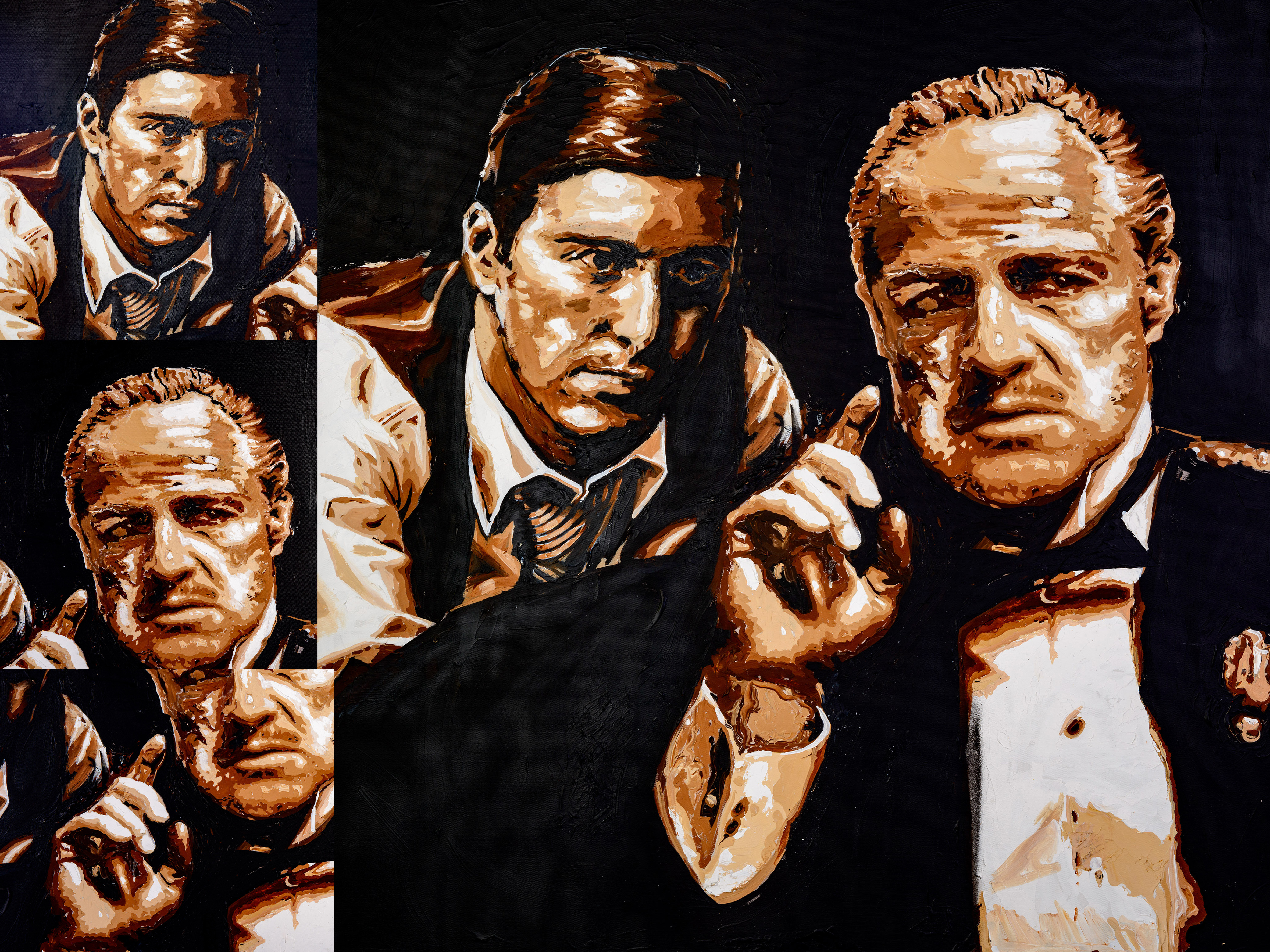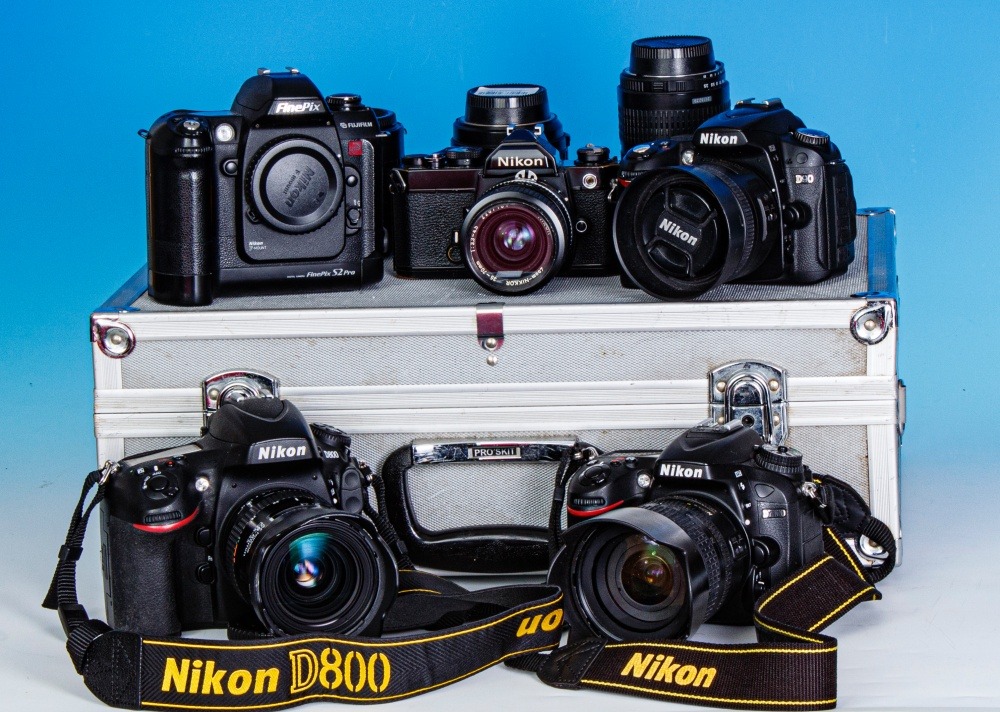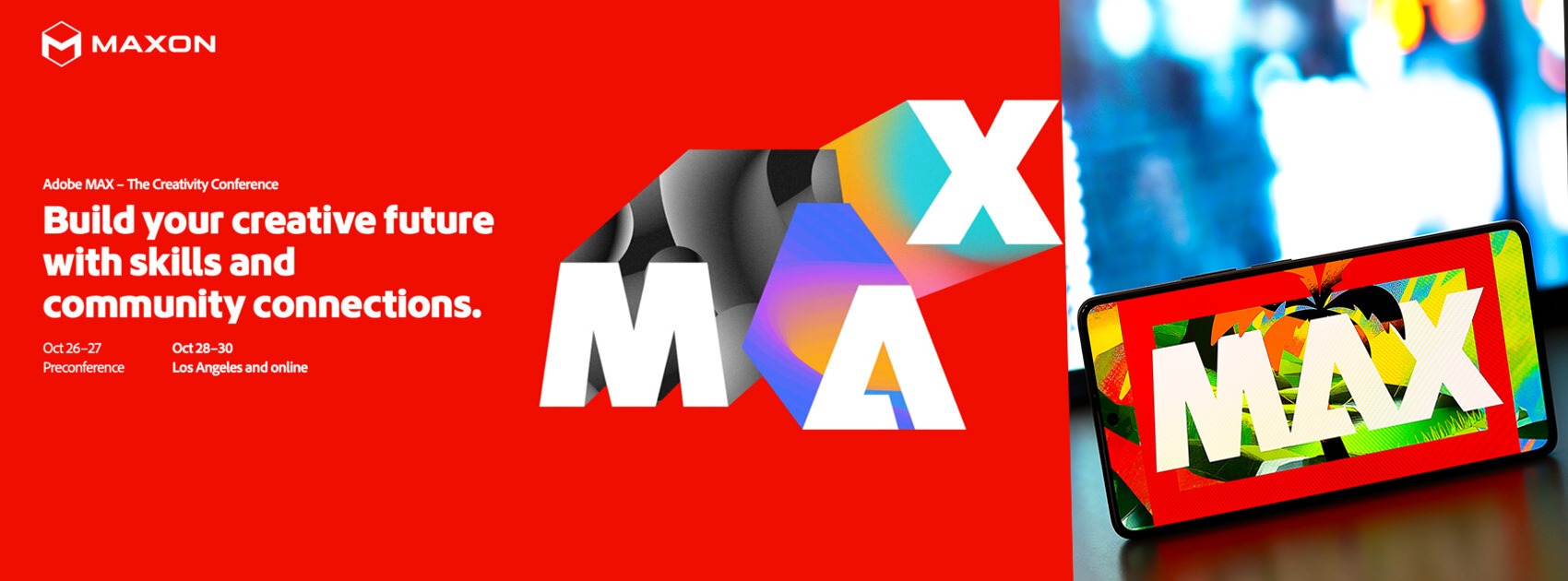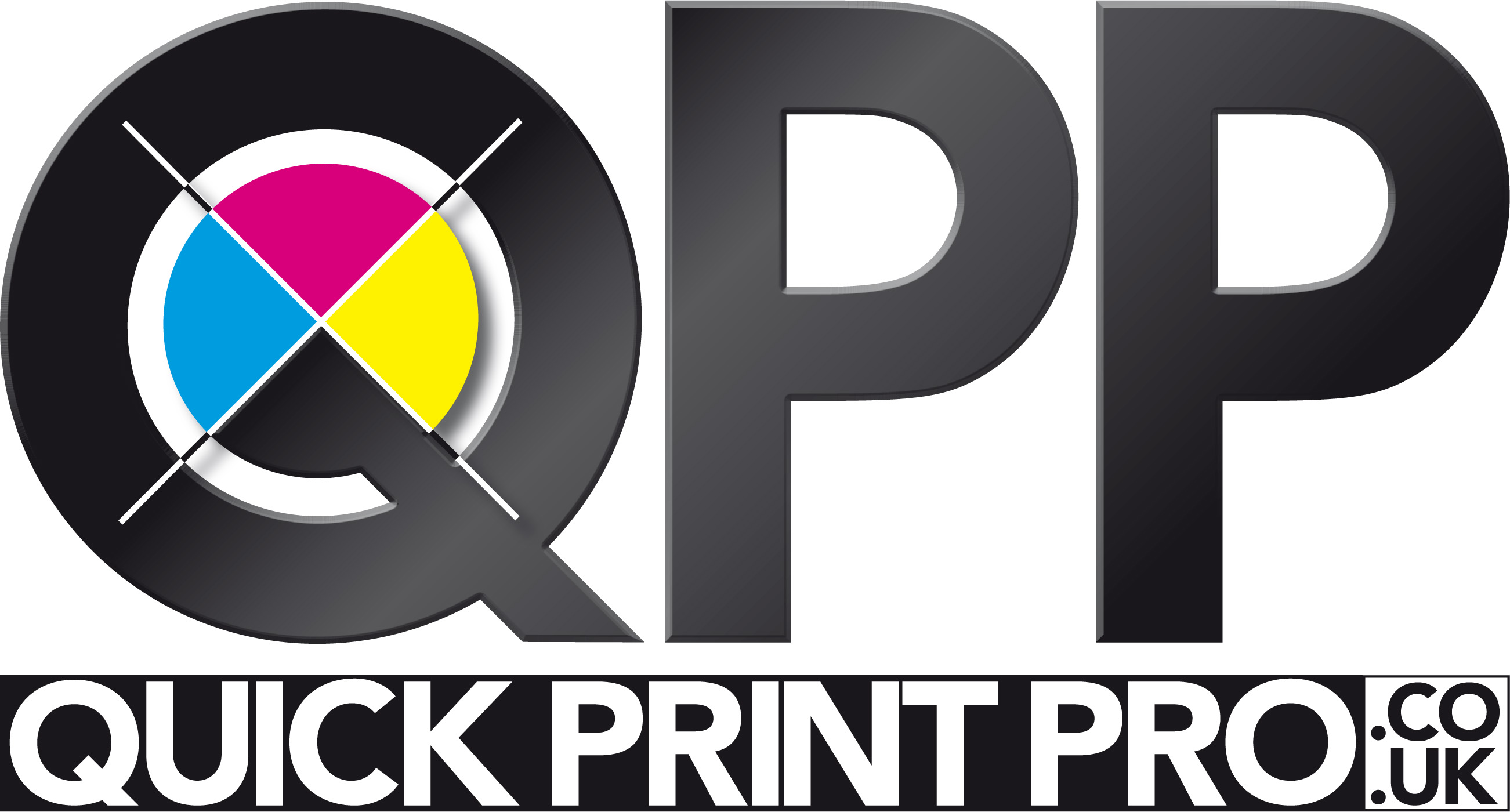Getting The Full Picture
This is a story of generations. It’s only appropriate at this time of year that we take a little time to review where we have got to, and how we got here. This column grew out of a small feature about digital cameras sometime around the turn of the century, which to many readers may sound like ancient history. But it is very relevant to put today’s technology, and the use of it, in some sort of perspective.
Back then the copy industry was coming to terms with the move from analogue to digital.
What changed was that it had an electronic memory and a picture scanner, which meant the image could be saved and stored, as well as be adjusted.
Early digital cameras were often odd looking, sometimes bulky, or more like matchbox gimmicks, and not very impressive in quality, until manufacturers realised they had to make them look, and perform, more like the film cameras customers were familiar with.
Our first digital camera was actually a demonstration model provided by Epson, introduced on the eve of the 21st century, that started to look more like a traditional camera and featured a 2.11 megapixel CCD to capture a 1200x1600 pixel sized image.
At the time I was still shooting on film, so it was useful to work with both and compare the pros and cons. On quality, 35mm celluloid won hands down obviously, but then you still had to process it, and scan it to use it in digital printing, and you could only shoot 36 images before changing the cassette. The digital camera could take a lot more pictures at a time, but then there were issues with storage, battery capacity and buffering which is the delay in processing information with large files in camera.
At the very least the evidence was enough to convince the editor that this was no longer a gimmick, but a technology that deserved a regular review in these pages to keep pace with developments that might directly affect the print on demand shop. The rise of the instant image was looming. As a photographer it made me aware that I had to take digital photography seriously as customers would rapidly demand faster turnaround and flexibility, as well as more output for less money. And the technology would only get better.
One of the things I quickly realised was that the copy shop was often faced with things that could not be copied by traditional means - anything too big, three dimensional or too fragile to be pressed on the glass. The digital camera, with a scanner and a memory, was in effect a portable copier. All that was needed was for the quality of the output to improve.
Input quality was always available as the optical performance of lenses has been perfected over hundreds of years from the first telescopes to the latest cameras. You could view the craters of the moon from thousands of miles away for example. It just needed the electronic processors that translated and remembered that detail and colour to catch up.
So I bit the proverbial bullet and bought my first proper DSLR. D stands for digital and SLR for single lens reflex, a conventional camera method of using a moving mirror and prism to give a perfect sighting directly along the lens to the viewfinder. When the shutter is pressed the mirror moves to expose the light capturing element - previously light sensitive film, now electrically charged sensors. It was second hand but in good condition bought from a respected high street dealer. It was 6mp which was state of the art at that time, but less than would be used in a modern phone.
Twenty years on I have just bought my sixth DSLR, now 36 megapixel, and the basic mathematics don’t even begin to do justice to the performance and quality of the images produced. In comparison my original, now forty year old Nikon FM2 film camera still takes pictures of exactly the same quality as it did all those years ago. That’s because both optics and film had reached a development plateau, and improvements were comparatively minor. Today, four or five years makes an immense difference in technical development. Of course, hardware and software go hand in hand, and developments in one would be squandered without evolution of the other.
While Adobe’s move to a continual subscription was not popular with many users, it has enabled regular updates including the major October one, and among the fine tuning of tools and features, both Photoshop and Lightroom include synchronisation with the latest model camera and lens. So when either interogate one of my digital files they know not only when it was taken and what settings I used, but which lens and even which focal length was selected. That way they can make slight perspective adjustments to allow for any optical distortion. That will become important when I move onto composite images, and merging of adjacent files, because something that may look straight on the monitor, may not be so to the software or sometimes quite the opposite.

The concept of stitching together smaller images to make one big one is not new and has been used to make panoramas for years. But in a broad landscape one or two trees too many or less makes little visual difference. On something with detail, like a map however, or a piece of fine art, it is vital to have the pieces match accurately. The limitations of file size of early digital cameras meant that images could only be blown up so big, and while I attempted manual stitching of multiple images it was a fairly frustrating exercise, often because it was impossible to blend in the parts because they were slightly skewed and even a different shade of the same colour. Think of a jigsaw where not all of the pieces exactly match and you can get the idea.
One of the reasons for even thinking about composite files was how far you could stretch existing pixels. Early doors there were those who thought you could magically reproduce digital files without any loss of quality and make a small file capable of being enlarged to any size. But just how big, and how good, very much depended on the quality and content of the original file.
This remains the case as now with AI assistance Adobe, among others, has image enhancement that can increase the pixel count up to four times. But as mentioned in previous columns, like a lot of electronic wizardry, sometimes this works well, and sometimes it doesn’t.
Inevitably the quality of the input dictates the quality of the output.
This applies to everything that comes to us across the counter on a daily basis as sadly we have no way of forcing quality control over our customer’s products, even though they expect the highest standards in ours. And a large proportion of those offerings now comes from the ubiquitous mobile phone, the popularity of which, and the hyped performance claims matched only by price, have resulted in this tidal way of mediocre media that hits us daily. I must admit to being a bit cynical when the first press release reached us some twenty years ago, about one manufacturer putting a camera in their phone. I guess few of us could predict how popular they would become. Don’t get me wrong, the smart device is an incredible piece of kit and quite capable of capturing some impressive images. But the point and squirt practise of most users does not produce the best results or even begin to justify the actual capabilities of the phone.
Occasionally you get a good picture, taken with a good camera, but often it’s been passed on and mashed by mail or social media, so that it no longer reflects the real quality of the original, and I will in those cases advise the customer to try and source the actual camera file rather than print a poor imitation. It makes sense because it’s your printing that will always take the blame, not the photography!
And it’s on that point, as I am using photography more and more rather than large format scanning, you have to come to terms with the fact that it’s a hard sell to people who don’t know, or until they see the results. After all, apart from all the apparently impressive cell phone specifications, almost everyone knows someone who has a very good camera and can do it cheaper. Some may have learnt their lesson the hard way by getting Uncle Ernie to do their wedding photographs instead of employing a professional photographer, but most people seem to be sold on the idea that it’s the camera that takes the pictures, not the two decades of experience and technique, plus more than a few bobs worth of additional equipment.
The issue with scanning as an alternative is that very few organisations outside of the British Museum have a very large flatbed because of space and cost, and roll fed ones are fine with plans and the like, but not so good with fine print or obviously anything more than a few millimetres thick.
So high resolution photography comes into its own, but it has to be mated with perfect lighting so that the various sections can be merged perfectly by the software. Content aware is brilliant these days but it still has its limits if your pieces don’t match closely enough. Similarly any optical distortion by using a zoom lens or moving the distance between the camera and the subject can make a big difference. That’s where the lens calibration mentioned earlier comes in.
For lighting, it needs to be very diffused and flat so there are no highlights and shadows typical when using daylight alone or direct artificial lights. Then there is setting the correct colour balance for the lighting you are using, so that you get the best representation of the original colours.
Moving up to a higher resolution camera means more detail in each image and therefore it can do a better job with fewer slices - so even less room for error matching them. So far it seems to put a little less strain on the computer memory resources as although the files are much bigger, piecing four of them together is easier than juggling six or eight as I used to do.
Digital photography is still largely underused in the print shop, perhaps because it is seen as an alien culture which is strange because we have to deal with it indirectly daily. I had an advantage coming in with a photographer’s background but I still had to learn, and to coin a phrase, it ain’t rocket science. While I can’t teach you everything about photography in this column, I can at least prompt you to think, and perhaps when you next have to tell a customer, sorry we can’t do that, start to find out if you could. Investing in the kit is comparatively cheap compared to other bits of machinery around the studio, and there’s plenty of how to do it tutorials on line for the basics. You could even drop us an email for tips !



.jpg)




-2025-11-19-10-50-51.jpg)





